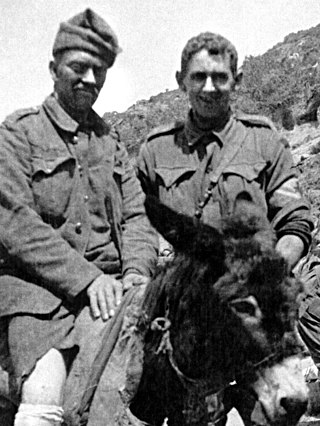
John Kirkpatrick, commonly known as John Simpson, was a stretcher bearer with the 3rd Australian Field Ambulance during the Gallipoli campaign – the Allied attempt to capture Constantinople, capital of the Ottoman Empire, during the First World War.

Edward Kenna, VC was an Australian soldier and recipient of the Victoria Cross, the highest decoration for gallantry "in the face of the enemy" that can be awarded to members of the British and Commonwealth armed forces. Before his death, he was the last surviving Australian to have been awarded a Victoria Cross during the Second World War.
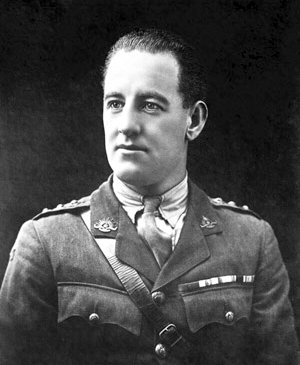
Albert Jacka, was an Australian recipient of the Victoria Cross, the highest decoration for gallantry "in the face of the enemy" that can be awarded to members of the British and Commonwealth armed forces. Jacka was the first Australian to be decorated with the VC during the First World War, receiving the medal for his actions during the Gallipoli Campaign. He later served on the Western Front and was twice more decorated for his bravery.
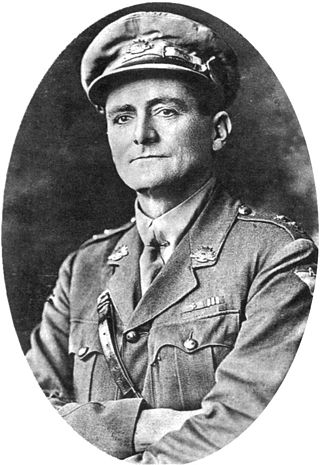
Albert Chalmers Borella, VC, MM was an Australian recipient of the Victoria Cross, the highest award for gallantry in the face of the enemy that can be awarded to British and Commonwealth forces. Born in Victoria, Borella was one of 64 Australians to receive the Victoria Cross for their actions during the First World War, doing so while serving with the 26th Battalion around Villers-Bretonneux in July 1918. After the war, Borella returned to Australia, initially farming a property in Victoria before rejoining the Army during the Second World War and serving in a number of garrison units in Australia. He was demobilised in 1945 and worked as a public servant until he retired in 1956. He died in 1968 at the age of 86.
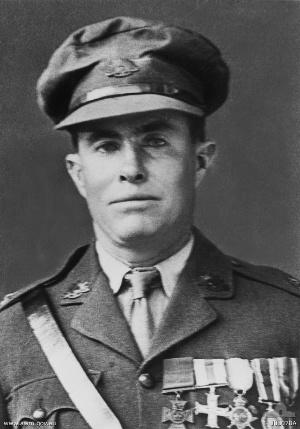
Edgar Thomas Towner, VC, MC was an Australian recipient of the Victoria Cross, the highest decoration for gallantry "in the face of the enemy" that can be awarded to members of the British and Commonwealth armed forces. A lieutenant in the Australian Imperial Force during the First World War, Towner was awarded the Victoria Cross for his actions on 1 September 1918, during an attack on Mont St. Quentin on the Western Front.

Commander Norman Douglas Holbrook VC was a British naval recipient of the Victoria Cross (VC), the highest award of the British honours system. Holbrook was the first submariner to be awarded the VC and it was the first naval VC gazetted in the First World War.

Major Herbert James was an English recipient of the Victoria Cross, the highest and most prestigious award for gallantry in the face of the enemy that can be awarded to British and Commonwealth forces.
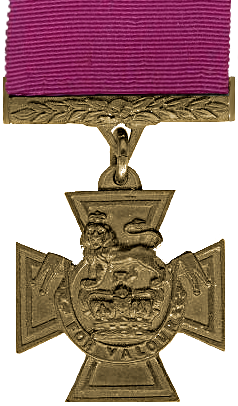
Arthur Hutt VC was an English recipient of the Victoria Cross, the highest and most prestigious award for gallantry in the face of the enemy that can be awarded to British and Commonwealth forces. He was the first person born in Coventry to be awarded the Victoria Cross

John Leak, VC was an Australian recipient of the Victoria Cross, the highest award for gallantry in battle that could be awarded at that time to a member of the Australian armed forces. Leak enlisted in the Australian Imperial Force in early 1915, and served with the 9th Battalion in the Gallipoli Campaign during the First World War. Evacuated suffering from dysentery, Leak rejoined his battalion after it had been withdrawn to Egypt. Along with his unit, he transferred to the Western Front in France and Belgium, where he participated in the Battle of Pozières in July 1916. He was awarded the Victoria Cross for his actions during the battle. The following month he was seriously wounded in the Battle of Mouquet Farm.

John Alexander French, VC was an Australian recipient of the Victoria Cross, the highest award for gallantry in the face of the enemy that can be awarded to British and Commonwealth forces. French was one of 20 Australians to receive the award for their actions during the Second World War. He was killed in action fighting against the Japanese during the Battle of Milne Bay in September 1942 while serving with the 2/9th Battalion.

Henry Edward Kenny VC, was an English recipient of the Victoria Cross, the highest and most prestigious award for gallantry in the face of the enemy that can be awarded to British and Commonwealth forces.

Henry James Nicholas, was a New Zealand recipient of the Victoria Cross, the highest award for valour "in the face of the enemy" that can be awarded to British and Commonwealth forces.

Private James Henry Finn VC was a British Army soldier and an English recipient of the Victoria Cross, the highest and most prestigious award for gallantry in the face of the enemy that can be awarded to British and Commonwealth forces. He was also awarded the Order of Karageorge, which is Serbia's equivalent to the Victoria Cross.

Westwood is a town in the Rockhampton Region and a locality split between the Rockhampton Region and the Shire of Banana in Queensland, Australia. It was the first town that was gazetted by the Queensland Government. In the 2021 census, the locality of Westwood had a population of 199 people.

The Victoria Cross (VC) is the highest and most prestigious decoration of the British honours system. It is awarded for valour "in the presence of the enemy" to members of the British Armed Forces and may be awarded posthumously. It was previously awarded by countries of the Commonwealth of Nations, most of which have established their own honours systems and no longer recommend British honours. It may be awarded to a person of any military rank in any service and to civilians under military command. No civilian has received the award since 1879. Since the first awards were presented by Queen Victoria in 1857, two thirds of all awards have been personally presented by the British monarch. The investitures are usually held at Buckingham Palace.
Kabra is a rural town and locality in the Rockhampton Region, Queensland, Australia. In the 2016 census the locality of Kabra had a population of 421 people.

Bajool is a rural town and locality in the Rockhampton Region, Queensland, Australia. In the 2016 census, the locality of Bajool had a population of 455 people.

Annie Margaret Wheeler was an Australian volunteer welfare worker who assisted soldiers from Central Queensland during World War I. She maintained a detailed card index of all soldiers from Central Queensland so that mail and parcels from their families could reach them and she provided practical and financial assistance to soldiers who were wounded, on leave in England or needing assistance with the army's bureaucracy. She was nicknamed "Mother of the Queenslanders" and "Mother of Anzacs".

Alton Downs is a rural locality in the Rockhampton Region, Queensland, Australia. In the 2016 census, Alton Downs had a population of 1,278 people.


















